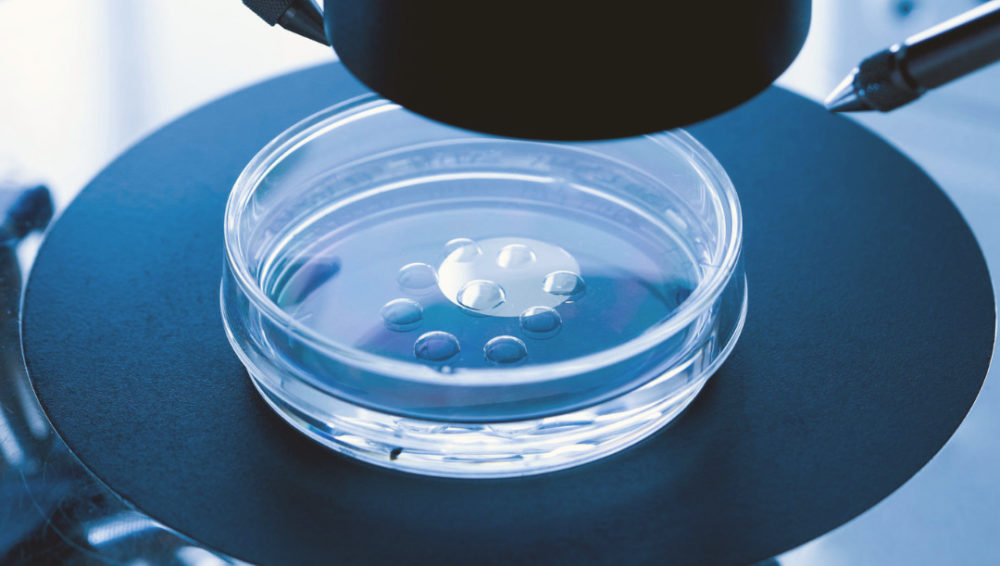IVF: bridging the gap from infertility to family
For those who can afford it, In Vitro Fertilization (IVF) is changing the game for aspiring families across Asia, with a success rate of up to 50%.

For those who can afford it, In Vitro Fertilization (IVF) is changing the game for aspiring families across Asia, with a success rate of up to 50%.
In vitro fertilization (IVF) is a medical procedure where an egg is mixed with sperm outside the body to achieve fertilization. It’s a popular method of assisted conception.
Reasons to do IVF
Parents choose IVF if other methods have failed to work, they want to reduce the risks of genetic problems, or maybe even know the child’s sex. Doctors may also recommend IVF to women who have problems with their fallopian tubes or uterus.
Process of IVF
IVF involves fertilizing eggs with sperm in a laboratory. Then, one or more successfully fertilized eggs will be put back into the mother’s uterus for implantation. Here are the steps of an IVF cycle:
- Body preparation: The mother takes fertility medication for a few months to help the ovaries produce more eggs. After that, there will be several visits for ultrasound and blood tests to monitor the hormone levels and eggs count.
- Egg retrieval: Once eggs mature, the doctor will use a small tube with a suction device connected at the end to retrieve them from the follicles.
- Insemination: The eggs are then mixed with sperm in a test tube for fertilization to occur.
- Embryo transfer: About 3 – 5 days after fertilization, fertilized eggs that grew into embryos will be selected for implantation into the mother’s uterus. One or more embryos will be put back into your uterus, depending on the decision made by both the mother and the doctor.
- The waiting stage: After embryo transfer, the mother can go back to her everyday routines. For the next 6-8 weeks or so, the mother will be taking medications that increase progesterone hormones to help the embryo survive in the womb. IVF is successful if the embryo attaches itself to the uterus lining and the mother becomes pregnant. If your first IVF is not successful, you can do another cycle after one month, or as advised by your doctor.
Risks
IVF is a delicate procedure that involves many steps. The risks are specific to an individual’s anatomy. Consulting with your doctor for detailed risks and explanations is necessary to have a clear idea of what to expect. However, here are a few general risks you should know:
- Multiple pregnancies: It is more likely to have twins or triplets if more than one embryo is put back into the uterus.
- Ovarian hyperstimulation syndrome: The fertility medication taken as part of the procedure can cause swelling of the ovaries, leading to bloating and mild abdominal cramps.
- Procedural complications: Egg-retrieval procedures can cause infection or tearing of vaginal tissue with bleeding.
Benefits
Some of the notable benefits of IVF are:
- Genetics screening: IVF enables chromosomal screening and removal of genetic disorders. So, parents who have a history of genetic diseases can significantly reduce the risks of transferring it to their children.
- Fertility preservation: IVF offers the opportunity to freeze the extra embryos or unfertilized eggs — this is very helpful for older women who have low egg counts or did not succeed in the first cycle.
Success rate by age per cycle (estimates):
- 29% for women aged under 35
- 23% for women aged between 35-37
- 9% for women aged between 40-42
- 3% for women aged between 43-44
Studies have shown that doing 3 cycles of IVF increases the chances of a successful pregnancy to 50%.
Verified:
Dr. Wanwadee Sapmee Panyakat (OB-GYN), license no. 41208 (1 April 2023)



